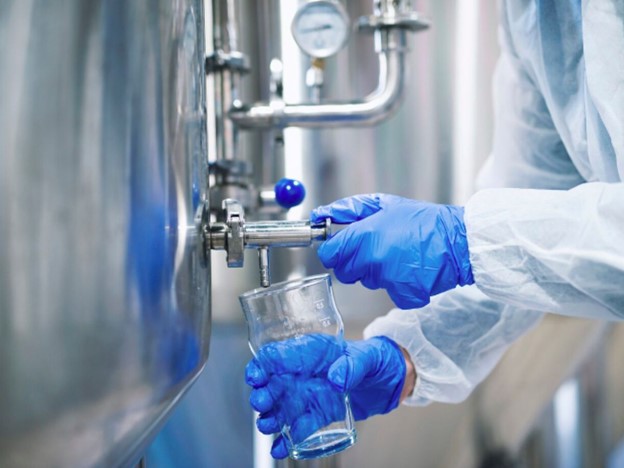Shrimp aquaculture depends critically on keeping the water quality at its ideal. Assuring the health and development of shrimp in hatcheries is the foundation of successful aquaculture. Low survival rates, heightened disease susceptibility, and general decreased production may all result from poor water quality. This blog will go into six useful techniques for controlling the quality of the shrimp hatchery water quality and encouraging a healthy environment for shrimp production.
1. Consistent Water Inspection
Continual and comprehensive monitoring is one of the most important elements in controlling the shrimp hatchery water quality. Checking parameters, including pH, salinity, temperature, dissolved oxygen, and ammonia levels, is often necessary to make sure they stay in the ideal range for shrimp health. Putting money into dependable water testing equipment and teaching employees how to interpret findings correctly might help to avoid a lot of possible problems in shrimp farming.
2. Efficient Methods for Filtration of Water

Maintaining clean water in a shrimp hatchery mostly depends on the installation of strong water filtering devices. Filtration techniques include biological, chemical, and mechanical aid to eliminate contaminants and bacteria from water. Continual and comprehensive monitoring is one of the most important elements in controlling the shrimp hatchery water quality.
3. Disease Prevention and Control
The quality of shrimp hatchery water may be significantly improved by taking preventative steps against illness. Probiotics and keeping the microbial population in the water balanced may help to naturally stop the development of dangerous germs. Routine health exams and quarantine protocols for new shrimp may also stop illness outbreaks that jeopardize the purity of the water.
4. Best Practices for Feeding
One typical problem in shrimp hatcheries is overfeeding, which raises waste and nutrient levels and hence lowers water quality. Feeding schedules matched to the appetite and development phases of the shrimp may help to decrease feed waste and the strain on filtration systems. This method encourages improved development rates and health as well as the continuous shrimp hatchery water quality.
5. Controlling the number of Stocking Densities
Keeping the water clean means keeping an eye on how many shrimp are in each unit of water. When shrimp are crowded together in a tank, there is less air, more waste, and more stress and violence among the shrimp. To keep the water quality in a shrimp nursery high, feeding rates can be carefully calculated and changed based on data on growth and health.
6. Management Practices for a Sustainable Future
Water exchange rates may be greatly decreased and water quality improved by sustainable methods like recirculating aquaculture systems (RAS). Using biofilters to remove impurities and preserve water purity, these systems recycle water within the incubator. Using such technology lessens the environmental effect and raises the standard of the water in shrimp hatcheries generally.
Conclusion
Effective water quality management is essential for the success of any shrimp hatchery. These six pointers help producers guarantee the health and output of their shrimp, which will result in more lucrative and sustainable businesses. For people who would like to learn more about cutting-edge aquaculture solutions, Ceramic Nano-Tech provides cutting-edge equipment made especially to improve shrimp hatchery operations. Keeping perfect water quality becomes a doable and satisfying project with the appropriate methods and equipment.

